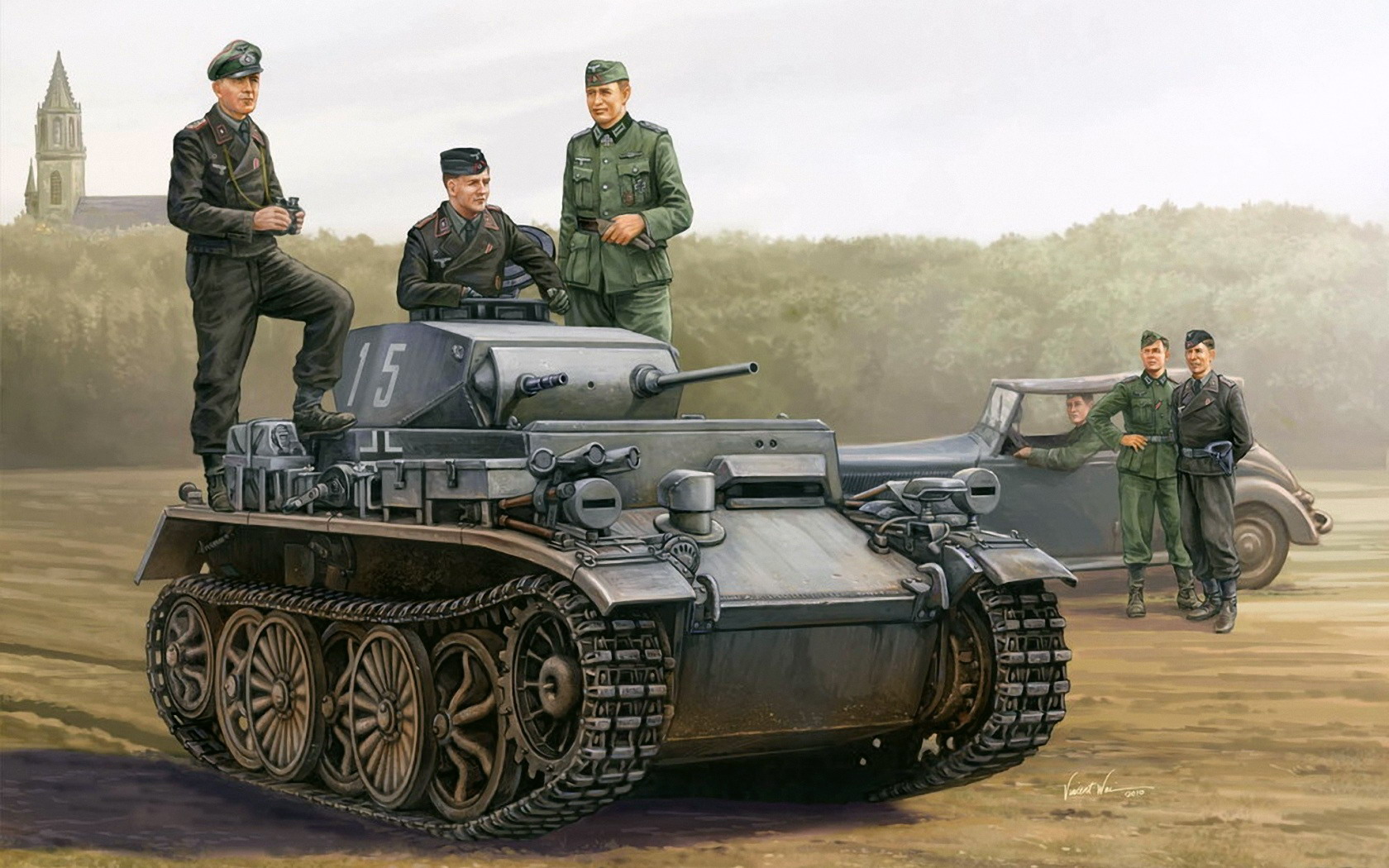

Military airbases and garrisons dotted the landscape, ready to get on one another’s throat in the shortest notice. And on the borders were massed untold numbers of divisions, of infantry, tanks. Two countries antagonized by the very fracture that divided two sphere of influence and visions of the world. A people divided -by force- for 43 years.īerlin 1961: US and Soviet tanks facing off at Check Point Charlie As Churchill stated with his famous “iron curtain” the creation in Berlin of a wall in 1961 symbolized in itself the very nature of the tensions and drama that unfold in Germany. The split between the GDR (German Democratic Republic) and FRG (Federal Republic of Germany) in 1949 was in some ways, inevitable, as only a war could have persuaded Stalin to leave East Germany, but the price paid in blood for the territory made some legitimation of this occupation. NATO’s 1950s manoeuvers in West Germany (British Pathé Archives) A country split in two From now on, Germany would became for NATO and the Warsaw Pact alike the object of most scenarios of a “hot” war between the two giants, a virtual battleground where most forces were deployed and multiplied excercizes. As these tensions crystallized with the blocus of Berlin, the question was raised once more, and eventually led to the cold war as we know it. The fate of Germany was kept in balance between USSR and the western allies, and the question of rearming its demobilized forces was raised as tensions rose on the Berlin question and occupation zones by some American and British officers alike, fearing the communist takeover of Europe. A country in disarray, military occupied by foreign nations, with an ongoing hunt towards Nazis on the run. “Deutschland Jahre Null” as written and photographed on a ruined vestige of a wall and recalled by Rosselini’s 1949 eponym movie. Germany emerged from the war in the summer of 1945 as a broken and devastated country. Kanonenjagdpanzer 1-3 (Kanonenjagdpanzer HS 30).


 0 kommentar(er)
0 kommentar(er)
